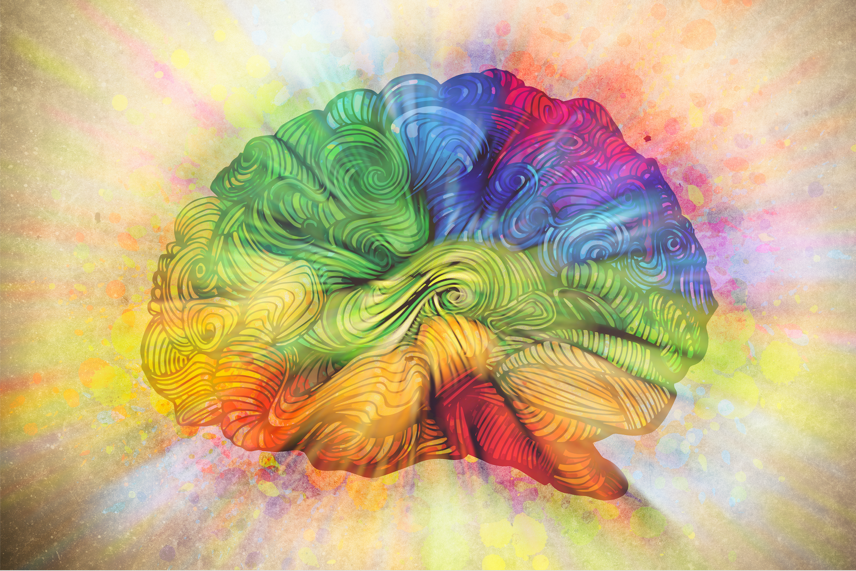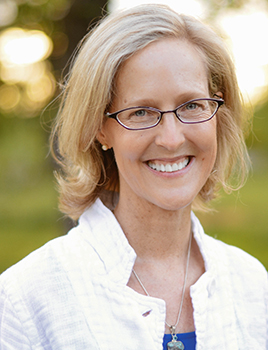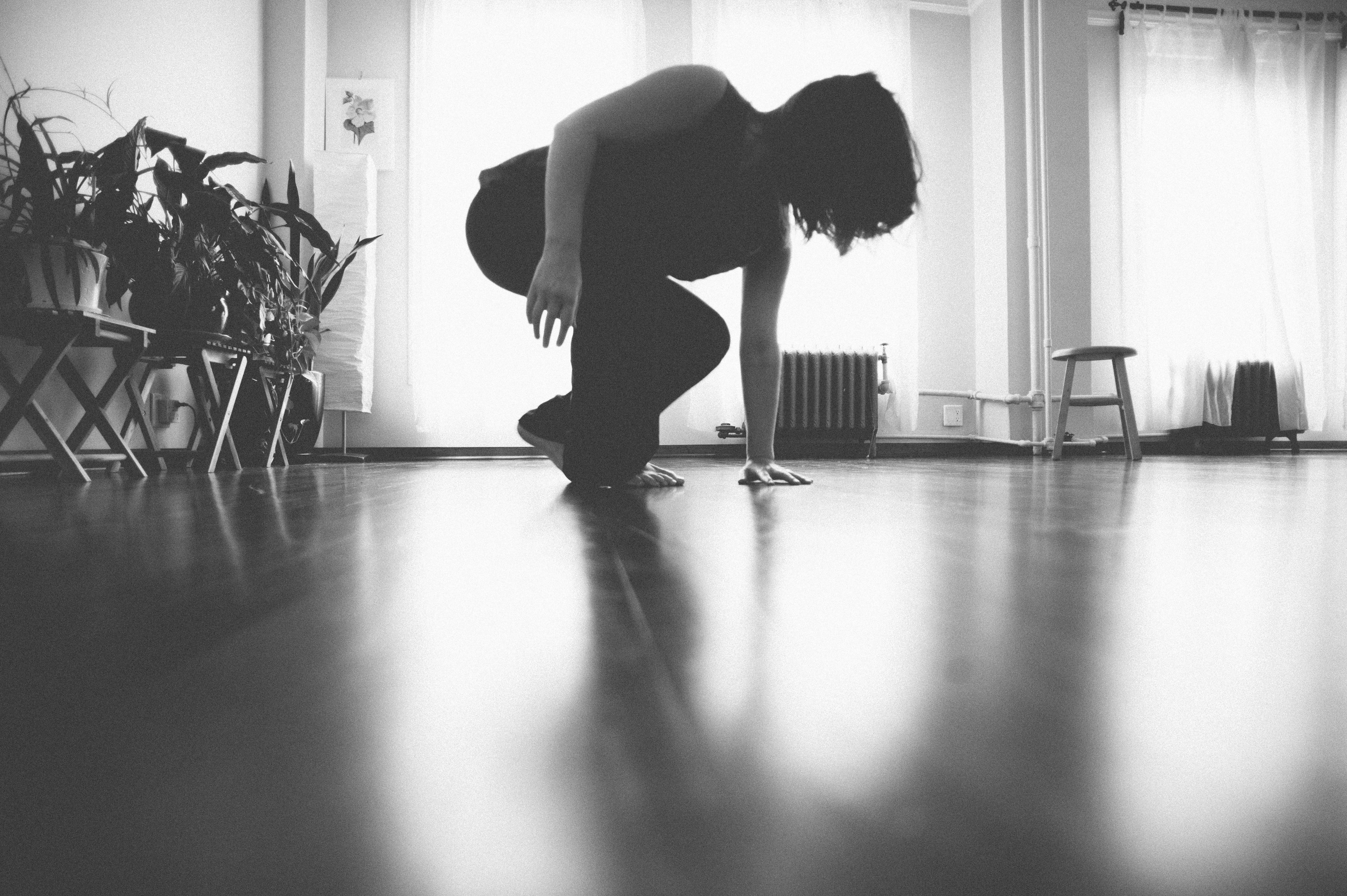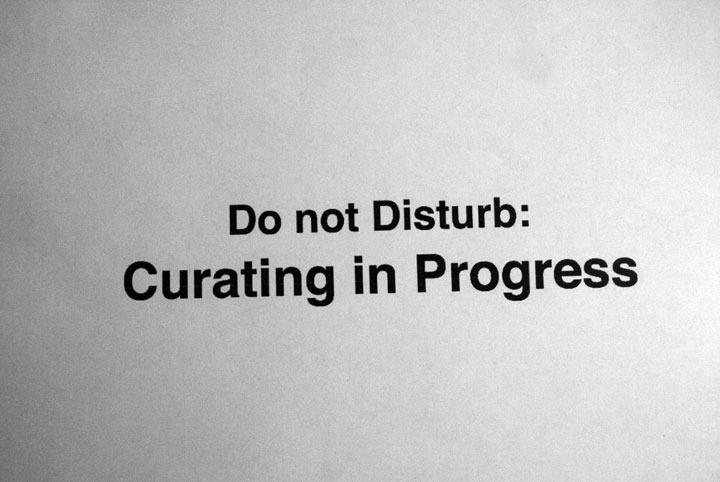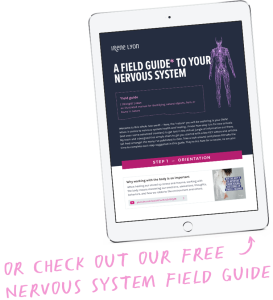Click here to re-tweet “Produce the conditions so that you can learn: Industrial vs agricultural model of education”
Two Lectures. One Message.
Today I had the pleasure of listening to a lecture given by Dr. Moshe Feldenkrais in the early 80’s during his last North American Feldenkrais Training in Amherst Massachusetts. Sadly, I can’t upload the lecture.
The good news is that there is a modern version. Sir Ken Robinson’s TED Talk from 2010 has some strikingly similar key points to Feldenkrais’ lecture.
The biggest one being:
“How do you produce the conditions so that you can learn.”
Moshe Feldenkrais speaks of this. So does Ken Robinson.
This one sentence holds much punch. It is complex, and simple, all at the same time.
First, a little about Feldenkrais: The complexity arises in the diversity in which you can provide the conditions, or environment, in which a human being can learn. There are so many, within us, that we don’t even realize it. Given the human body, its intricate nervous system, the infinite ways that we can manipulate ourselves into different body positions, change our orientation to gravity and space, speed things up, slow them down, use our senses or choose to turn them off (like closing your eyes); we have great complexity. The simplicity arises in knowing that we do have this complexity and therefore will never run out of things to learn. There is always room for improvement.
Second, a little bit from Ken Robinson: He says in his talk, “So I think we have to change metaphors. We have to go from what is essentially an industrial model of education, a manufacturing model, which is based on linearity and conformity and batching people. We have to move to a model that is based more on principles of agriculture. We have to recognize that human flourishing is not a mechanical process, it’s an organic process. And you cannot predict the outcome of human development; all you can do, like a farmer, is create the conditions under which they will begin to flourish.”
“How do you produce the conditions so that you can learn” (MF) and “..create the conditions under which they will be begin to flourish” (KR). Same same.
How often do we EVER bring such question or statement to ourself when we rise out of bed in the morning?
You see, we tend to be OK with ‘just good enough‘.
This is true for many things, but is especially (and sadly) true when it comes to learning. Much of our current education system (Robinson speaks so well about this in his talk) is based on old models of education that no longer serve us. The industrial and mechanical model of ‘doing things’ – as he points out, as does Feldenkrais – has flooded into other areas. A perfect example of this “flooding over” is in our health care system. For instance, we’ve done a very good job at hypnotizing ourselves into the belief that our health and wellness is a linear one-way street, as opposed to our health being something organic, or has Robinson points out in reference to education, “It’s about creating a movement in education
To develop our own solutions, first we must realize that we can do this. We can curate our own lives such that we can become our own best medicine. I’ve written about such things here. We may need some help along the way. Seeking such ‘external support’ need not be hard, typically the hardest thing is actually asking for it as I have written about here.
The Association between Feldenkrais and Education: Stuff we (often) don’t hear about when we go to a Feldenkrais Class.
For those of you who tend to associate The Feldenkrais Method with alleviating physical pain, improving performance and/or doing movements that resemble what a small infant does, or absolutely odd movements that you’ve never seen anyone do, ever, then you are correct in such associations.
1) Disability and performance can be improved thru this method.
2) Many lessons are based on human development. Here is a great example of that.
3) The more intricate lessons that you look at like this one, and you may say “how the heck?”
This latter example is a great example of providing a learning environment that is wee bit challenging and uncomfortable. For some it may be damn near impossible, but the real learning happens in the “how” of how you decide to bring yourself into the movement puzzle.
Feldenkrais had many ideas and tricks up his sleeve. He was quite clever.
He wanted to challenge learning in people. He wanted people to have an arena for novel situations to present themselves and for such situations to be solved like riddles, movement riddles. In doing so, learning happens, the brain changes. You change. The thing that most people don’t realize is that Feldenkrais’ method is actually about education, he just used movement – your movement – as a representation of a very unique type of classroom. It’s in this new age classroom that education in an agriculture sense, as Sir Robinson coins it, occurs. It is about learning that is organic and customized for the person in the ‘learning’ seat.
It’s about human flourishing, evolution and three dimensionality, rather than human conformity, rigidity and linearity.
And most importantly, it is about changing things in the brain itself, and in doing so, getting the most you can out of your brain.
—–
Luckily the TED Talks are open source and available for ALL to learn from and share. As I mentioned, Ken Robinson’s talk, “Bring on the Learning Revolution” is a lovely supplement to Moshe’s lecture. I highly recommend taking the time to check it out. And because you can, maybe share it with a friend, according to some, that is what makes revolutions happen!

